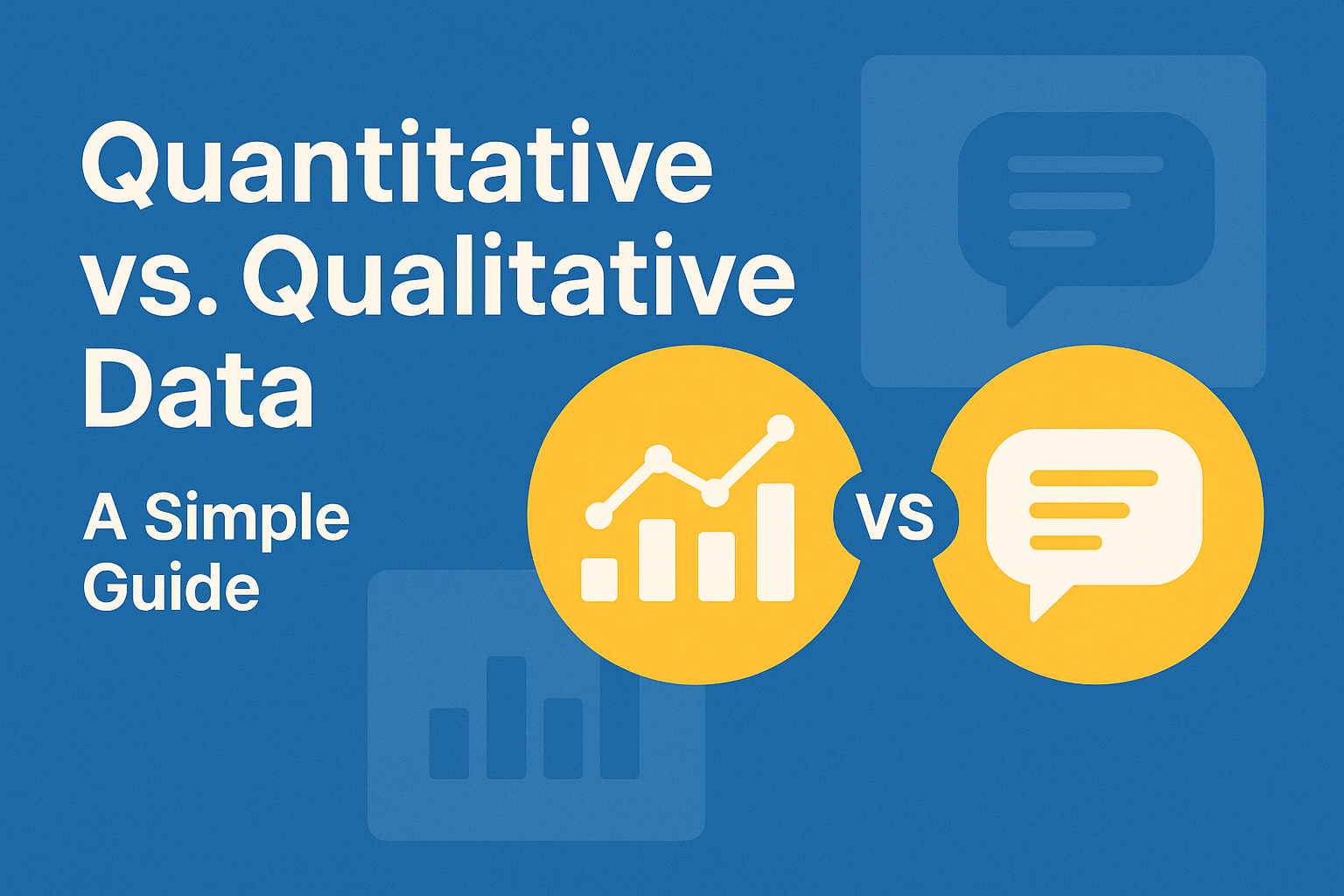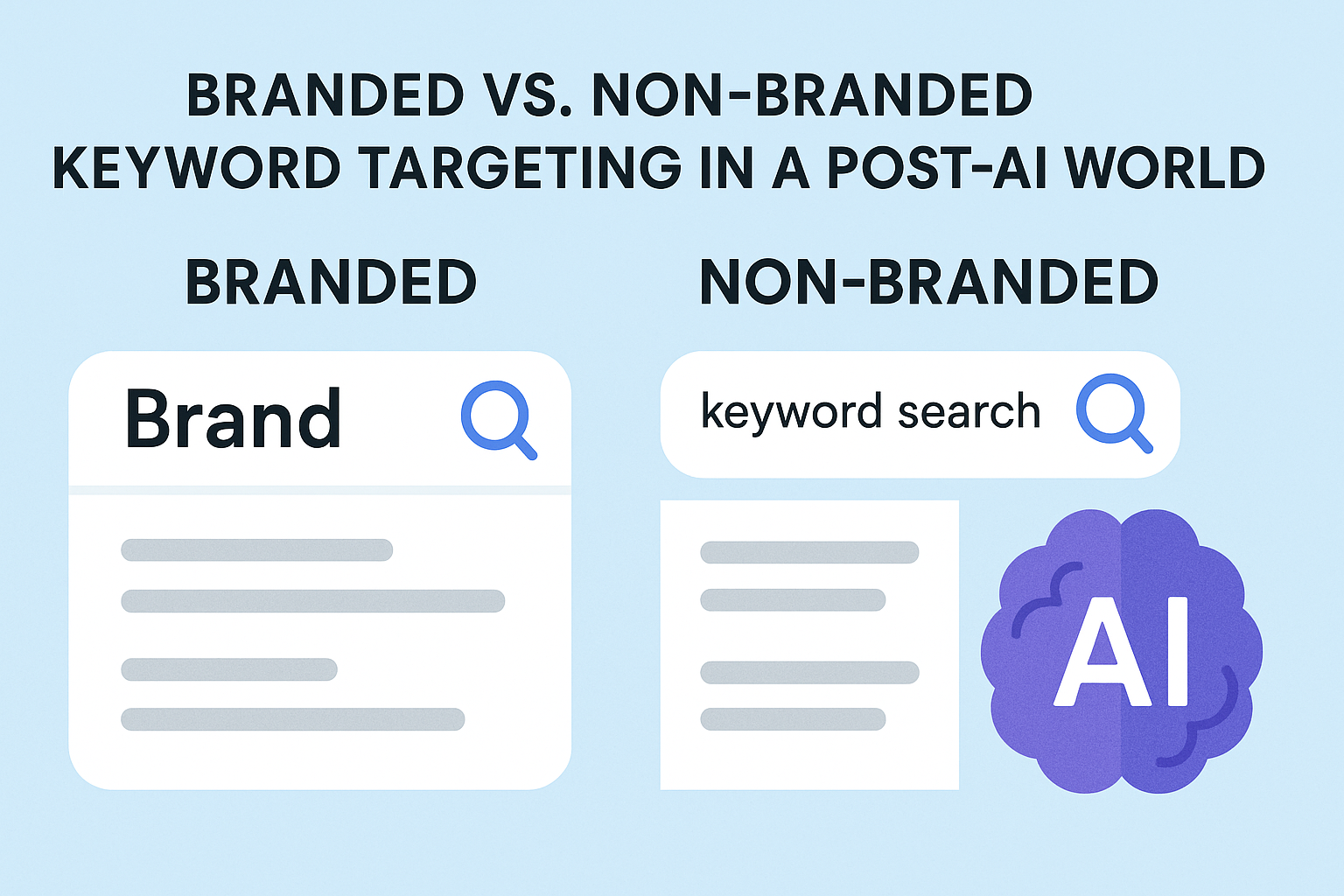When it comes to building an e-commerce website, two of the most popular options are WooCommerce and Magento.
Both are powerful platforms with a wide range of features and functionalities, but they also have some distinct differences. These dissimilarities make them different from each other.
If you want to choose the best option between the two, then first, you need to know what each of them has to offer for your business.
In this article, we will compare WooCommerce and Magento to help you decide which option is better for your online store or internet-based business needs.
At the end of this write-up, you will be able to make the perfect choice for your online business.
WooCommerce
WooCommerce is a free plugin for WordPress, the world’s most popular CMS. It allows users to easily create an e-commerce website on top of their existing WordPress website.
That’s probably the best thing about this particular option. You don’t have to find a new destination. Instead, your business activities can be initiated from the same content management system that you already use.
WooCommerce is known for its simplicity, making it a great option for small business owners and beginners.
Its user-friendly interface allows users to easily add products, view sales reports, and manage orders. It makes things easy and quick to manage, even for people who don’t have any technical expertise.
It doesn’t require next-level knowledge to make things happen. Instead, a person with basic internet skills can use WooCommerce and build a good online store to expand their business.
Magento
Magento, on the other hand, is a standalone e-commerce platform. It is more complex than WooCommerce and is often used by larger businesses with more complex needs.
It has a wide range of functionalities, including advanced marketing and SEO tools, product management, and a built-in CMS.
It also has a large community of developers and a marketplace with a wide range of extensions and add-ons.
Magento and WooCommerce: The Comparison
As we know, when it comes to building an e-commerce website, two of the most popular options are Magento and WooCommerce.
Both platforms have their own unique features, but how do they compare?
Here is a side-by-side comparison of Magento and WooCommerce:
User-Friendliness
WooCommerce is known for its simplicity, making it a great option for small business owners and beginners.
Its user-friendly interface allows users to easily add products, manage orders, and view sales reports. Things are pretty straightforward to understand for users.
On the other hand, Magento is more complex and requires a higher level of technical expertise to set up and manage. Furthermore, it requires in-depth technical knowledge to operate. In some cases, it may even be a wise decision to hire a professional ecommerce website development company to ensure efficient and effective management of the platform.
If we talk about ease of use, then WooCommerce definitely has the edge over Magento.
Features
Magento has a wide range of features, including advanced marketing and SEO tools, product management, and a built-in CMS.
It also has a large community of developers and a marketplace with a wide range of extensions and add-ons.
It can easily be integrated with APIs and provides improved search for different products. It brings improved usability with its point-and-click interface.
WooCommerce has a more limited set of features but still includes the necessary functionality for an e-commerce website.
It provides support for unlimited products and brings free plugins and customized themes. It’s a quick and cheap option for beginners and small business owners.
Payment Options
WooCommerce supports different payment options, with PayPal being on top of the list. That’s the reason it’s a great choice for small businesses looking to make quick sales through the internet.
Other notable payment options include Google Pay, Visa, Master Card, Amazon Payments, and Alipay.
Magento is not behind in the race for payment options. It brings a slew of payment extensions that can be ideal for any business.
It provides complete support for PayPal, cash on delivery (COD), bank transfers, authorize.net, Braintree, Stripe, Skrill, Google Checkout, 2Checkout, and more.
Customization
Magento has more options for customization, allowing users to create customized themes and templates. It also has more advanced features, such as multi-store management and support for multiple languages.
WooCommerce users are limited to the themes and templates available on the WordPress repository but still, offer enough customization options for small to medium-sized businesses.
The page builder on WooCommerce makes things simple and easy to set up. Customization becomes even easier when you simply have to drag and drop things to organize them on a webpage.
That means WooCommerce is selectable for basic customization requirements. However, Magento is definitely a good option for those with advanced customization requests.
Scalability
Magento is suitable for larger businesses with more complex needs and can handle a high volume of transactions.
It’s true that small businesses can also use Magento, but that’s not ideal. However, big business can make the most of it.
WooCommerce is more suitable for small businesses with less complex needs and a lower volume of transactions.
That means someone starting a new business or startup can try WooCommerce due to its suitability for small businesses.
Price
Often, the cost is the top priority for business owners when looking for a feasible option for their online presence.
WooCommerce is a free plugin for WordPress, and users only need to pay for their hosting and domain. That means things are pretty simple with WooCommerce.
Although the community version of Magento is free, you have to pay for various premium services associated with it. That means Magento requires a more significant investment, as users need to purchase a license and pay for hosting and developer fees.
Conclusion
In conclusion, both Magento and WooCommerce are powerful e-commerce platforms, but they are suited for different types of businesses.
Magento is more suitable for larger businesses with more advanced business requirements, while Woo Commerce is more appropriate for small businesses and beginners.
The choice between the two will depend on your specific business requirements and the level of customization you need for your online store. If you are about to run a startup business, then Woo Commerce is a good option. On the other hand, Magento is a good choice for advanced businesses and big companies.

The Search Engine Cage team is on a mission to educate entrepreneurs. We make things easier for the small business owner, by writing articles that help them to understand SEO and Digital Marketing.







